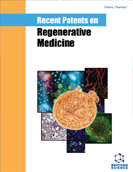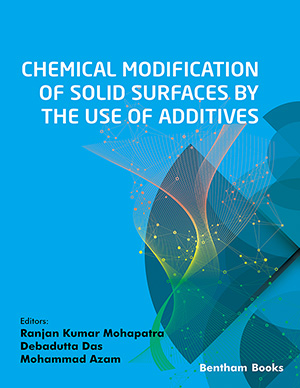Abstract
Regenerative medicine using pluripotent stem cells represents the future for curing developmental abnormalities, degenerative disorders and aging-related illnesses. However, today’s regenerative medicine faces two major challenges with respect to stem cells: their shortage in supply and uncertain safety in clinical therapy. The recent discovery of induced pluripotent stem cells (iPS cells or iPSCs) derived from patients’ somatic cells presents a possible solution for the supply shortage problem. Yet, iPSC generation with the enforced overexpression of previously defined four factors Oct4– Sox2-Klf4-c-Myc (OSKM) also causes oncogenic stimulation, which leads to potential tumorigenicity. The more recent development of miR302-mediated iPSC generation may further solve this problem since miR-302, a tiny 23-nucleotide non-coding microRNA (miRNA), is able to replace all four OSKM in mediating iPSC formation while preventing the onset of stem cell tumorigenicity. MiR-302-reprogrammed iPSCs (mirPSCs) not only possess a highly demethylated genome but also share >92% gene expression similarity with human embryonic stem cells (hESCs). Transplantation of mirPSCs into immunocompromised mice leads to the formation of relatively organized tissue cysts containing various cell types derived from all three embryonic germ layers (ectoderm, mesoderm and endoderm), providing a potential tool for regenerative medicine. Hence, this novel iPSC technology offers a simple, effective and safe method for not only reprogramming somatic cells to hESC-like pluripotent stem cells but also maintaining stem cell pluripotency in tumor-free conditions. Conceivably, mirPSCs present a more suitable choice of iPSCs based on current Food and Drug Administration (FDA) regulations. Due to the novelty of this recent technology, a majority of patent applications are still pending and are mainly led by two major research groups, Lin et al. (WJWU & LYNN Institute - 7 filings) and Yamanaka et al. (Kyoto University - 3 filings). This review will summarize all relevant patent applications and describe the mechanisms underlying this new miRNA-mediated iPSC generation technology.
Keywords: DNA demethylation, embryonic stem cell (ESC), induced pluripotent stem cell (iPSC), microRNA (miRNA), miR- 302, microRNA-reprogrammed iPSC (mirPSC), pluripotency, somatic cell reprogramming, Nuclear reprogramming factor, miR-520.
 45
45







